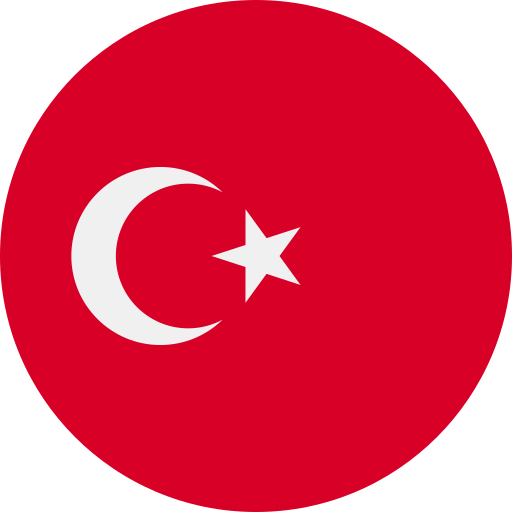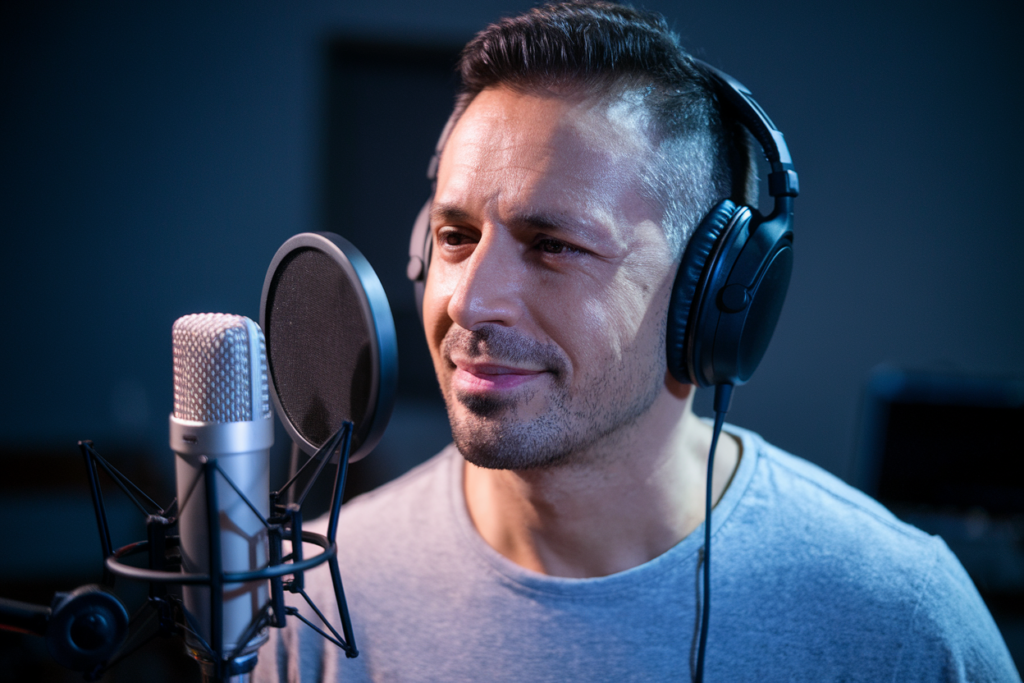Key Takeaways
- Diverse Dialects: Turkish dialects display rich linguistic diversity across regions, each with unique phonetic characteristics and vocabulary.
- Major Dialect Groups: The most spoken Turkish dialects include Istanbul Turkish (the standard form), Ankara Turkish, Aegean Turkish, Eastern Anatolian Turkish, and others that reflect local cultures.
- Cultural Influence: Dialects are shaped by historical events and cultural exchanges, showcasing distinct expressions and traditions tied to their respective regions.
- Dialect Preservation: Efforts to preserve these dialects include community initiatives and educational programs, highlighting their importance in maintaining Turkey’s linguistic heritage.
- Current Trends: Younger generations show growing interest in regional dialects through social media engagement, contributing to the revival of traditional speech forms.
- Technology’s Role: Digital platforms facilitate access to resources that showcase various accents and vocabularies, enhancing awareness of Turkey’s diverse linguistic landscape.
Ever wondered which Turkish dialects are the most spoken? With Turkey’s rich history and diverse culture, understanding these dialects can unlock a whole new level of connection with its people. From the bustling streets of Istanbul to the serene landscapes of Anatolia, each region boasts its own unique way of speaking.
Overview of Turkish Dialects
Turkish dialects showcase the rich linguistic diversity across Turkey. Each region offers unique phonetic characteristics, vocabulary, and grammatical structures. Understanding these dialects enhances communication and fosters cultural connections.
Major Dialect Groups
- Istanbul Turkish
Istanbul serves as the standard form of Turkish, heavily influencing media and education.
- Anatolian Dialects
Anatolian dialects vary significantly from one area to another, reflecting local cultures and traditions.
- Aegean Dialects
The Aegean region features distinct intonations and expressions that set it apart from other areas.
- Black Sea Dialects
Black Sea dialects are marked by their melodic qualities and a unique lexicon influenced by historical trade routes.
- Eastern Anatolian Dialects
These dialects exhibit influences from neighboring languages due to historical migrations and interactions.
- Southern Turkish Dialects
Southern regions present variations that incorporate elements from Arabic due to geographical proximity.
Understanding these dialect groups helps you appreciate the nuances in spoken Turkish, enriching your engagement with speakers across various contexts. Recognizing these differences not only aids in comprehension but also builds rapport during conversations or collaborations with native speakers.
Most Spoken Turkish Dialects
Turkey’s linguistic landscape is rich and diverse, with several dialects contributing to its cultural tapestry. Understanding these main dialects enhances communication and fosters connections with native speakers.
Istanbul Turkish
Istanbul Turkish serves as the standard form of the language, primarily spoken in Turkey’s largest city. This dialect blends elements from various regions due to Istanbul’s role as a cultural melting pot. You’ll notice clearer pronunciations and a more structured grammar compared to other dialects. It often incorporates modern vocabulary, making it accessible for both locals and visitors.
Ankara Turkish
Ankara Turkish reflects the speech patterns of Turkey’s capital city. Known for its distinct accent, this dialect showcases unique phonetic traits that set it apart from Istanbul Turkish. It’s characterized by softer consonants and elongated vowels, creating a melodic quality in conversation. The influence of government institutions in Ankara also means that you’ll encounter formal language usage frequently.
Aegean Turkish
Aegean Turkish captures the essence of Turkey’s western coastal region. This dialect features an array of regional expressions and slang that highlight local culture and lifestyle. You might find a heavier emphasis on vowel sounds, which can make it sound more lyrical than other dialects. It’s common to hear Aegean speakers use idiomatic phrases rooted deeply in their traditions.
Eastern Anatolian Turkish
Eastern Anatolian Turkish presents distinct characteristics influenced by the region’s geography and ethnic diversity. This dialect includes various local words not found elsewhere in Turkey, giving it a unique flavor. Phonetic variations are notable; consonants may be pronounced more forcefully here than in other areas. Engaging with Eastern Anatolian speakers offers insights into their customs and heritage through language.
Exploring these major Turkish dialects enriches your understanding of Turkey’s identity while enhancing your connection with its people through meaningful conversations.
Regional Variations and Influences
Turkish dialects showcase rich regional variations influenced by historical events, geography, and cultural exchanges. Understanding these nuances offers deeper insight into the diverse fabric of Turkish society.
Historical Context
Historical developments significantly shaped Turkish dialects. For centuries, various empires ruled over parts of Turkey, each leaving its mark on the language. The Ottoman Empire’s vast reach introduced numerous Persian and Arabic words into everyday speech. As a result, many dialects today reflect this historical blend. Moreover, significant migrations over time led to the mixing of languages and cultures, contributing to distinct regional accents and vocabulary.
Cultural Influences
Cultural influences play a vital role in defining how different regions communicate. Each area embodies unique traditions that resonate within its dialect. For example, coastal regions like the Aegean integrate local expressions related to seafaring and agriculture. In contrast, Eastern Anatolian Turkish includes terms specific to mountainous terrains and pastoral life. These linguistic traits not only enhance communication but also enrich cultural identity among locals.
Exploring these aspects reveals how language serves as a bridge connecting people across Turkey’s varied landscapes while reflecting their shared history and culture.
Dialect Preservation and Current Trends
Dialect preservation plays a vital role in maintaining the linguistic heritage of Turkish culture. You’ll find that various dialects reflect the unique identities of their respective regions, showcasing distinct phonetic characteristics and vocabulary. Efforts to sustain these dialects often include community initiatives, educational programs, and cultural events aimed at promoting local languages.
Current trends indicate a growing interest in Turkish dialects among younger generations. This curiosity leads to increased engagement with traditional forms of speech through social media platforms. You might notice young people sharing videos or posts that feature regional expressions, helping to revive interest in local dialects.
Furthermore, technology influences how these dialects are perceived and preserved. Digital platforms allow for easy access to resources like podcasts or voiceovers featuring native speakers. These mediums provide opportunities for listeners to familiarize themselves with different accents and vocabularies. By exposing audiences to diverse Turkish dialects, you contribute directly to the ongoing conversation about linguistic heritage.
In addition, academic research focuses on documenting variations within Turkish dialects, aiming to create comprehensive databases that highlight their significance. Researchers collect oral histories from communities across Turkey, ensuring that unique ways of speaking don’t fade into obscurity over time.
Cultural pride also drives preservation efforts. Citizens actively celebrate their regional languages during festivals or public gatherings while showcasing local art forms tied closely to specific dialects. When you engage with such events or discussions, you help promote awareness about the importance of preserving these linguistic treasures.
Embracing the rich diversity found within Turkish dialects fosters connections among individuals throughout Turkey’s varied landscapes—encouraging meaningful conversations rooted in shared history and culture.
Conclusion
Exploring the most spoken Turkish dialects reveals a rich tapestry of language and culture. Each dialect tells a story about its region’s history and identity. By understanding these variations you not only enhance your communication skills but also deepen your appreciation for Turkey’s diverse heritage.
As interest in these dialects grows especially among younger generations it’s crucial to support efforts that preserve this linguistic diversity. Engaging with local communities through festivals and educational programs can help keep these unique forms of speech alive. Embracing the beauty of Turkish dialects connects you to the heart of Turkey, fostering meaningful interactions and shared experiences.
Frequently Asked Questions
What are the main Turkish dialects discussed in the article?
The article covers several major Turkish dialects, including Istanbul Turkish, Ankara Turkish, Aegean Turkish, Black Sea Turkish, Eastern Anatolian Turkish, and Southern Turkish. Each dialect is unique in its phonetics, vocabulary, and grammatical structures, reflecting the diverse cultural landscapes of Turkey.
Why is Istanbul Turkish considered the standard form?
Istanbul Turkish is deemed the standard form because it features clear pronunciations and modern vocabulary. It serves as a common linguistic bridge for both locals and visitors, making it easier for communication across different regions of Turkey.
How do regional influences shape Turkish dialects?
Regional influences such as geography, historical events, and cultural exchanges have significantly shaped various Turkish dialects. For instance, coastal areas incorporate seafaring terms while mountainous regions reflect pastoral life through specific local expressions.
What role does dialect preservation play in Turkey?
Dialect preservation is crucial for maintaining Turkey’s linguistic heritage. It helps uphold regional identities through community initiatives and educational programs aimed at promoting local languages and celebrating cultural pride during festivals.
Is there growing interest in learning about Turkish dialects among younger generations?
Yes! There is an increasing interest among younger generations to learn about and engage with traditional forms of speech. Social media and technology play significant roles by facilitating access to resources that promote awareness of regional dialects.







